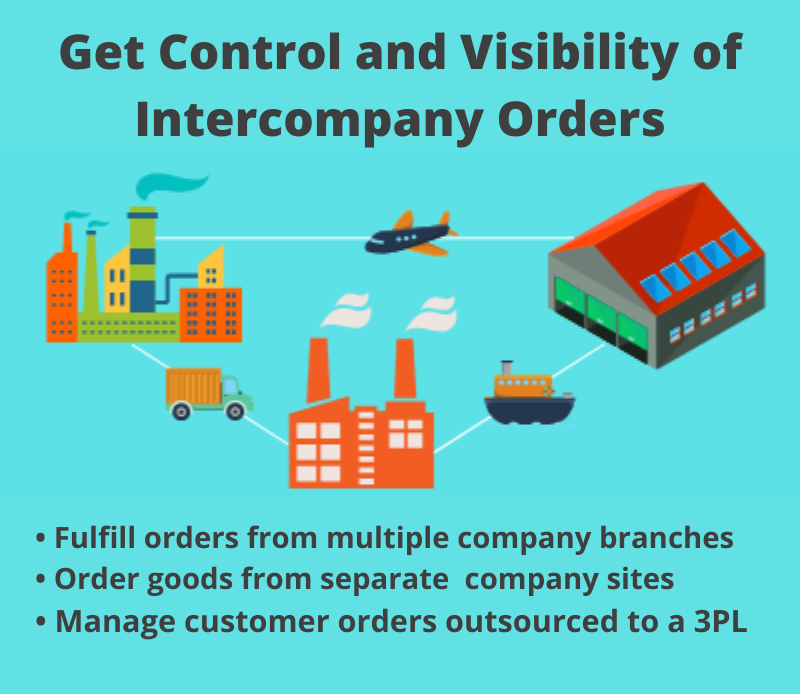 by Don Lindsey
by Don Lindsey
Those of us who manage production and supply chain processes spend a lot of ERP system time thinking about numbers, items, run time, capacity, and schedules. However, understanding and managing costs is essential when communicating with other managers and supervisors, specifically financial and senior management. We must translate operating processes into a financial narrative: “the language of money.” This is where cost sets come into play. They act as tools that bridge the gap between operational activities and their financial implications.
What Are Cost Sets
Cost sets are groups of expenses that relate to specific business operations. These can include direct costs like labor and materials as well as indirect costs like overhead and administrative expenses. By grouping these costs, businesses can analyze the financial impact of their operational processes, converting operational metrics into the language of money.
Why are They Important to Understand?
Cost sets provide a clear view of where money is being spent within the company. By categorizing expenses related to specific activities, businesses can pinpoint areas of high expenditure and identify opportunities for cost reduction.
By associating costs with specific processes, companies can measure the financial performance of different segments. For instance, comparing the cost sets of different production lines can reveal which line is more cost-effective, enabling better resource allocation and operational efficiency.
Cost sets play a crucial role in budgeting and forecasting. Historical cost data from various operations can be used to project future expenses, helping businesses set realistic budgets and financial targets.
Having a clear understanding of the cost structure of products and services is fundamental for pricing strategies. Businesses can determine the minimum price needed to cover costs and achieve desired profit margins by analyzing cost sets.
Cost sets inform decision-making by providing a detailed financial perspective on operational changes. Whether expanding production, introducing new products, or optimizing supply chains, clearly understanding associated costs helps make informed, sound decisions.
Cost sets are invaluable in translating the complex web of business operations into the clear, concise language of money. They provide the financial insights necessary for effective management, informed decision-making, and strategic planning. By leveraging cost sets, businesses can enhance their financial transparency, control costs, and drive profitability.
Learn More About Cost Sets
Watch the webinar: Making Cost Sets Make Sense
Don Lindsey, CFPIM, CIRM is a knowledgeable Implementation Project Manager, Trainer, and Business Analyst. He has been an implementation manager on several large, complex ERP projects, and has worked with the ERP systems since 2007 in Manufacturing, Systems Management, Service & Support, and Finance. Don has a diversified background in a wide variety of manufacturing industries from Medical to Electronics to Industrial to Consumer Products. He has spoken for many years at the APICS Conferences, having taught in the APIC Certification program at California State University at Fullerton for more than 20 years.




